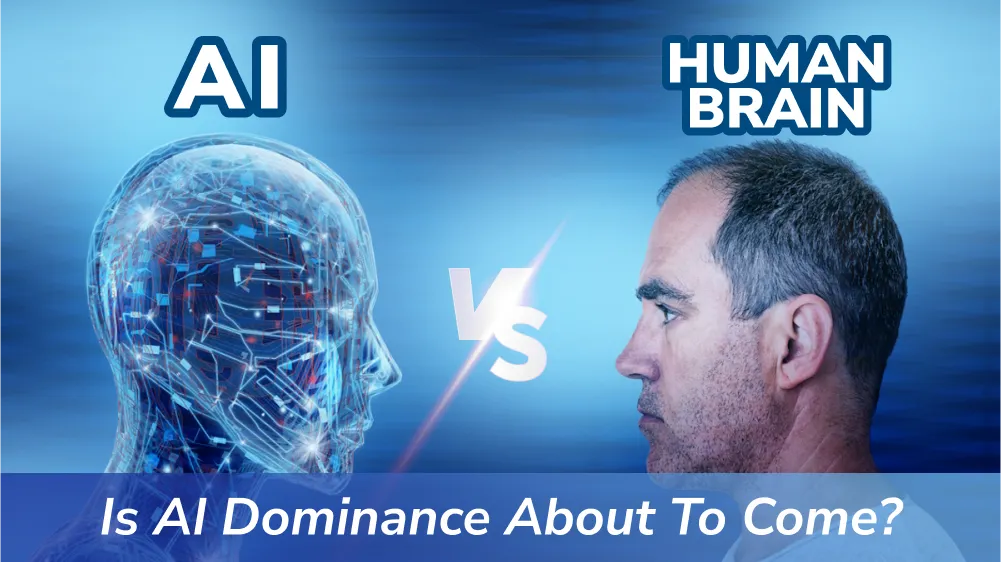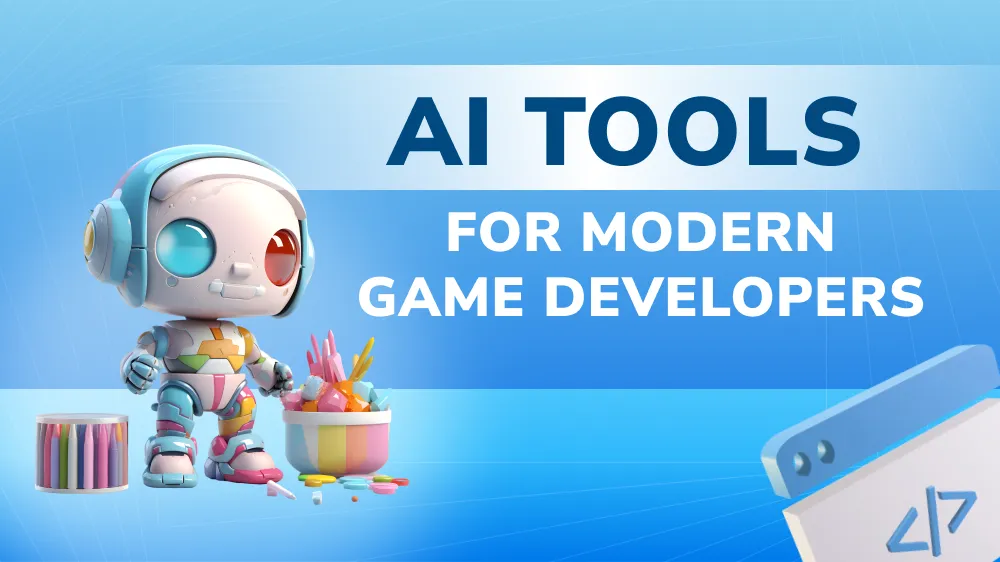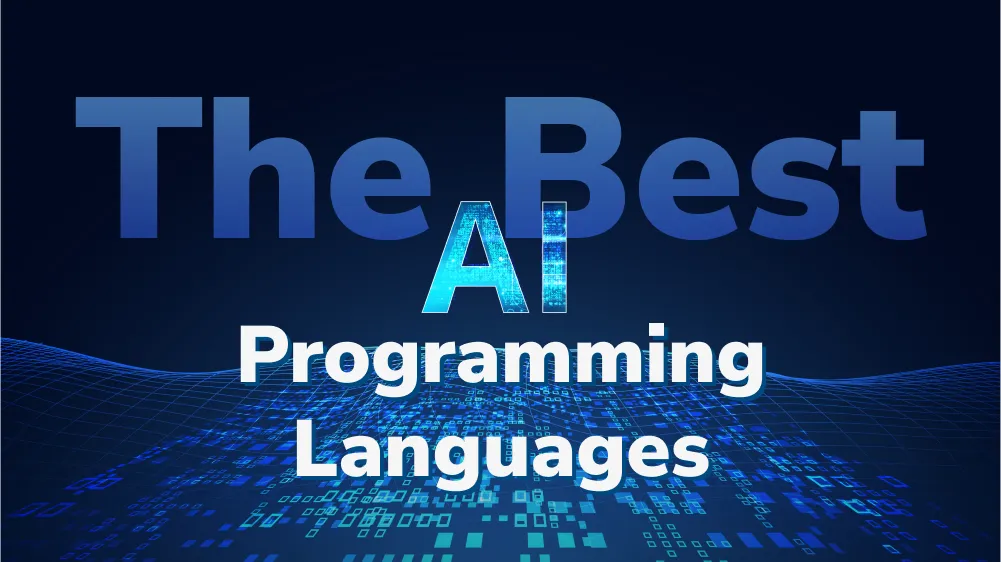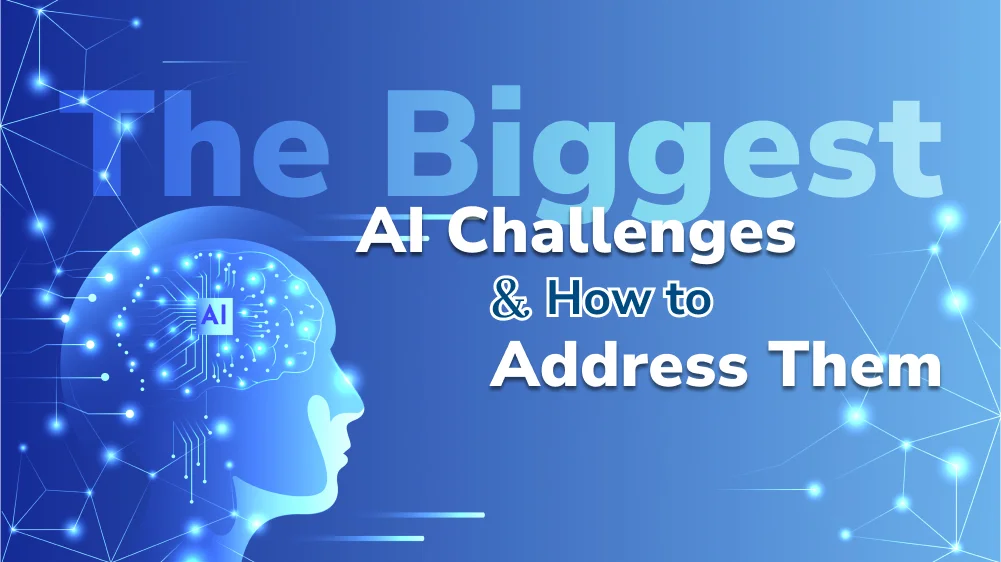Understanding AI Security and How to Choose the Right System for Your Business
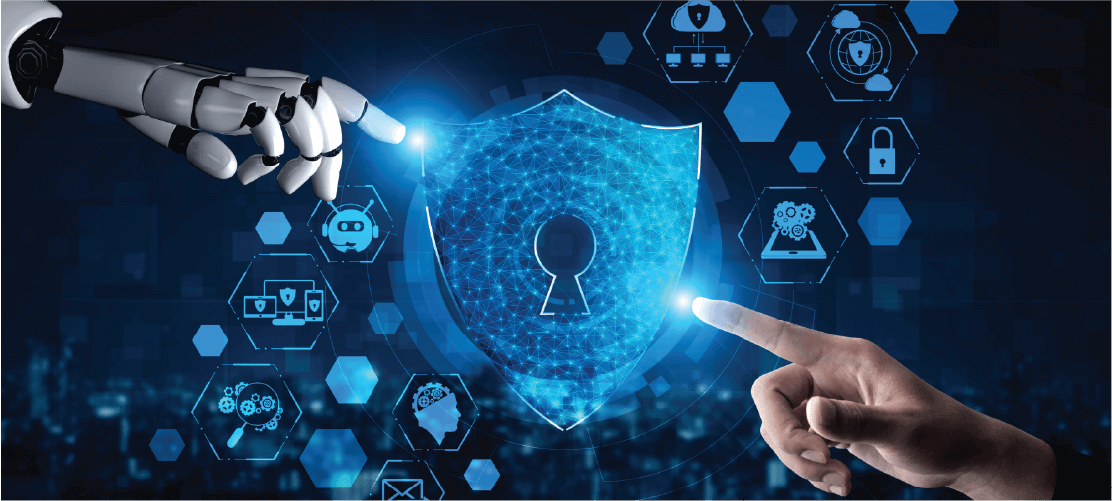
Content Map
More chaptersAI has been improving technology in every aspect, especially in security. Let’s dive deep into how AI is changing security systems and securing our information.
Cybersecurity has come a long way. First introduced in the 70’s and 80’s, when computer security threats were still fairly easy to spot, cybersecurity became a demand as technology became more common in the 90’s.
Why? The internet.
For the first time, the general public was posting their personal information online, exposing themselves to viruses, data breaches and scams. This led to the creation of firewalls and antivirus software.
Another landmark moment was the creation of The Computer Misuse Act passed in the United Kingdom, which made it illegal to access a computer system without authorization.
Introducing AI Security
As the volume and complexity of cybersecurity attacks have grown, so have the technologies used to protect users. This growth is particularly vital in the age of cloud-computing, mobile devices (plus wearable devices) and wireless networks. These days, hackers have the means to attack a range of devices from any angle without detection.
Perhaps one of the most crucial advancements in cybersecurity is Artificial Intelligence (AI). Why? Because it allows the capabilities of a computer to perform the kind of ‘smart’ tasks that a human normally does.
Furthermore, AI security is better equipped to protect an organization against the latest security threats present today, and in the future.
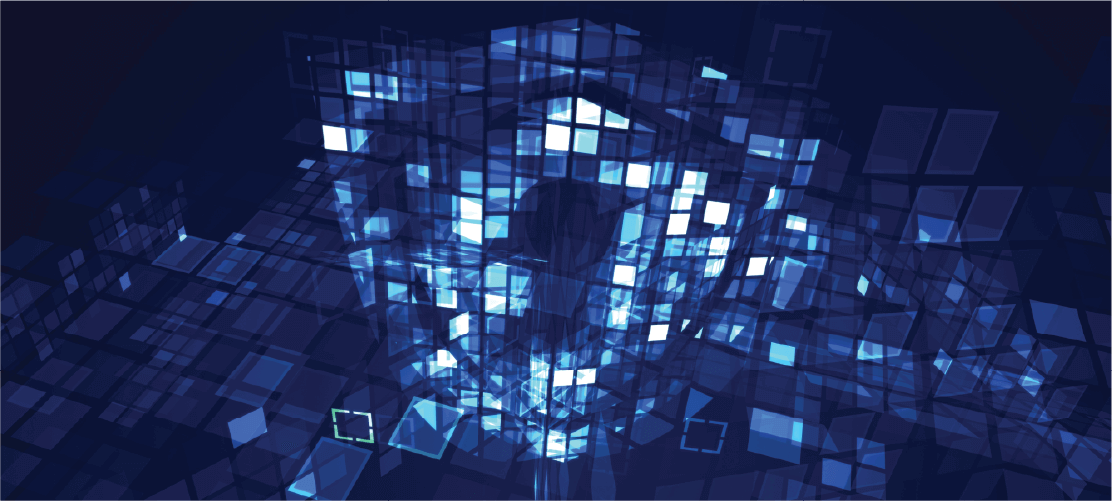
How Does AI Cybersecurity Work?
In essence, AI security is designed to tell if an entity is “good” or “bad.” It does this by comparing the behavior of different entities in one environment to a similar environment. This helps the system decide what is ‘normal’ behavior, what is ‘abnormal’ behavior, and – if the behavior is abnormal – how it should respond to the situation.
Should it remove the threat immediately? Alert a human analyst? And if so, how should the system prioritize the threat compared to other threats? These are just some of the many decisions the AI has to make, which it must do with little human intervention.
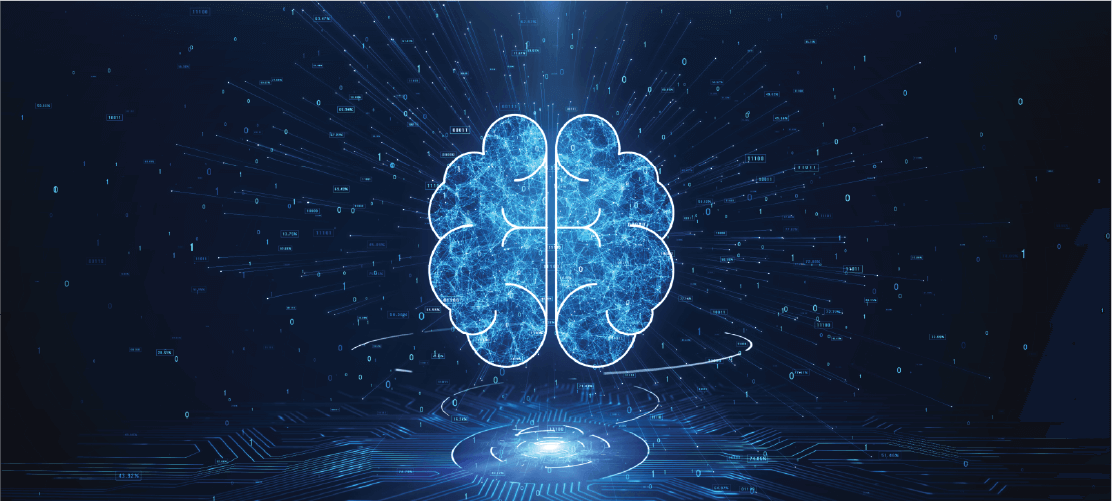
Benefits of AI Security
Free up time for human analysts
When programmed properly, AI security can quickly and accurately detect cyber threats easily. As a result, this gives human analysts more time to focus on complex tasks that the AI cannot do. For example, investigate and discover the source of a potentially serious attack.
24/7 threat detection
AI security can work around the clock to protect your computer systems and networks, even outside of normal business hours.
Improved confidence from customers and stakeholders
Both customers and stakeholders will have total peace of mind knowing their sensitive personal and business information is safe.
Faster response and recovery times
Before a potential breach, AI security can quickly step in to resolve the issue before it can do serious harm. This can help reduce or entirely avoid costly downtime. Plus, it means a business can keep working without disruption.
Fill gaps in skill shortages
AI can help rectify (although not entirely solve) the skill shortage currently facing the cybersecurity industry. According to research, the United States is expected to have 3.5 million unfilled cybersecurity jobs by 2021.

Disadvantages of AI Security
Are there downsides? Yes. But knowing the risks can help you choose the right system, and implement them in a way that won’t put your network at risk, or minimize the value of your human analysts.
No one-size fits all
AI security is not a ‘one size fits all’ solution. It is a powerful tool that can help detect and eliminate threats. But there’s only so much data it can comb through on its own.
Furthermore, an AI security system is only as good as the people who program it. If not set up properly, the system might tag certain data as ‘safe’ and let it pass through, when in reality, the data is a serious threat.
False sense of security
Because of the automated nature of AI, this often gives organizations a false sense of security. They may feel that, since the AI is ‘looking over things,’ then they must be safe. In reality, the AI must be constantly monitored, modified, and updated if it is to accurately detect and remove cyber threats.
No guaranteed threat detection
There’s no guarantee that AI security can identify all malicious malwares. It depends entirely on the code used to create the malware, and how much of that code’s DNA is similar to previous malwares.
If the author of the malware is clever enough, they may know the limitations of your AI security, and then use that knowledge to change the code in a way that the malware can pass through undetected.

Choosing the right AI security
It’s important to be aware of both the possibilities and limitations of AI security and machine-based learning. Then, you can use that information to decide how AI can target and address the specific cybersecurity risks that pose a threat to your business.
From there, it’s a matter of choosing the right tools for the job, and having a trusted team of qualified human analysts who can fine-tune, adjust, and manage these tools – to ensure they are programmed correctly, and achieving your security goals.
Another important factor is to have your cybersecurity team trained on a regular basis, so they’re up-to-date with the latest technology, procedures, cyber threats, and government legislation.


